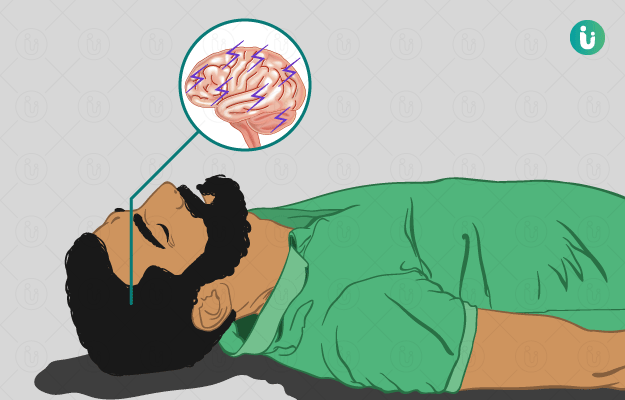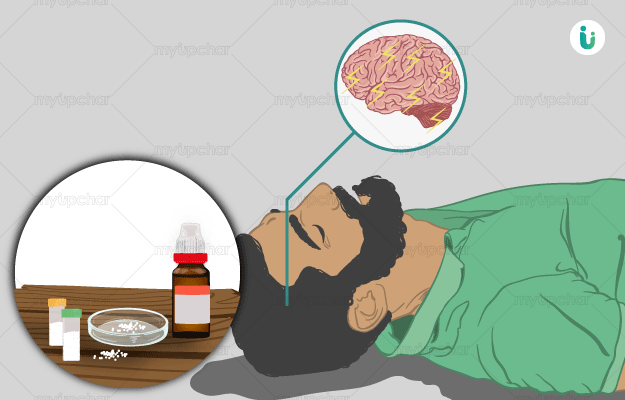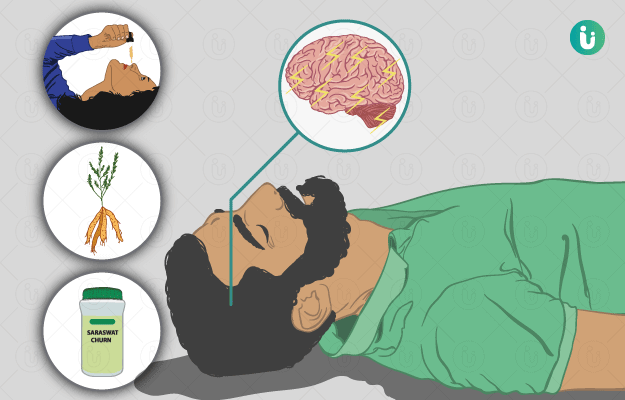History and examination
For diagnosing a person with epilepsy, the doctor will carefully note down the symptoms and a complete medical history. A thorough neurological examination will be performed, which includes evaluation of behaviour, motor responses, mental abilities and functions of other parts of the brain to diagnose the type of epilepsy.
Electroencephalogram (EEG)
This is the most commonly employed procedure to diagnose epilepsy. During an EEG, the doctor makes use of special electrodes that are attached to the scalp. These electrodes help in recording the electrical activity in the brain. The doctor may record an EEG while the patient is awake or during sleep to record any unusual activity. For some people, a high-density EEG may be advised, in which the electrodes are attached more closely to each other. This type of EEG can determine the specific area of the brain that is causing epilepsy.
Computed tomography (CT) scan
A CT scan may be helpful in diagnosing cysts, tumours or any bleeding in the brain, which could give rise to seizures.
Magnetic resonance imaging (MRI)
An MRI helps to detect any abnormalities, such as lesions or tumours in the brain that could be a cause of epilepsy. In some people, a functional MRI may be advised before surgery, so that doctors can avoid areas associated with important body functions like speech, gait, among others.
Single-photon emission computed tomography (SPECT)
This procedure is generally advised when MRI and EEG are unable to locate the area of the brain causing epilepsy. In this procedure, a small dose of radioactive material is injected which produces a 3D image of the flow of blood in various parts of the brain.
Neuropsychological tests
Neuropsychological tests assess a person’s memory, thought process, speech and motor skills. This helps to identify the affected or involved areas in the brain.
Other investigations
Along with the above tests, specific blood tests to rule out infections, genetic diseases and any other diseases may be performed as per the doctor’s orders.

 Doctors for Epilepsy
Doctors for Epilepsy  OTC Medicines for Epilepsy
OTC Medicines for Epilepsy
 Epilepsy articles
Epilepsy articles News for Epilepsy
News for Epilepsy

 Ayurvedic Treatment of Epilepsy
Ayurvedic Treatment of Epilepsy
 Diet for Epilepsy
Diet for Epilepsy
 First Aid for Epilepsy
First Aid for Epilepsy
 Homeopathic Treatment of Epilepsy
Homeopathic Treatment of Epilepsy


































 Editorial Team
Editorial Team

 Dt. Akanksha Mishra
Dt. Akanksha Mishra

 Dr. Rachita Narsaria
Dr. Rachita Narsaria

 Dr. Laxmidutta Shukla
Dr. Laxmidutta Shukla











